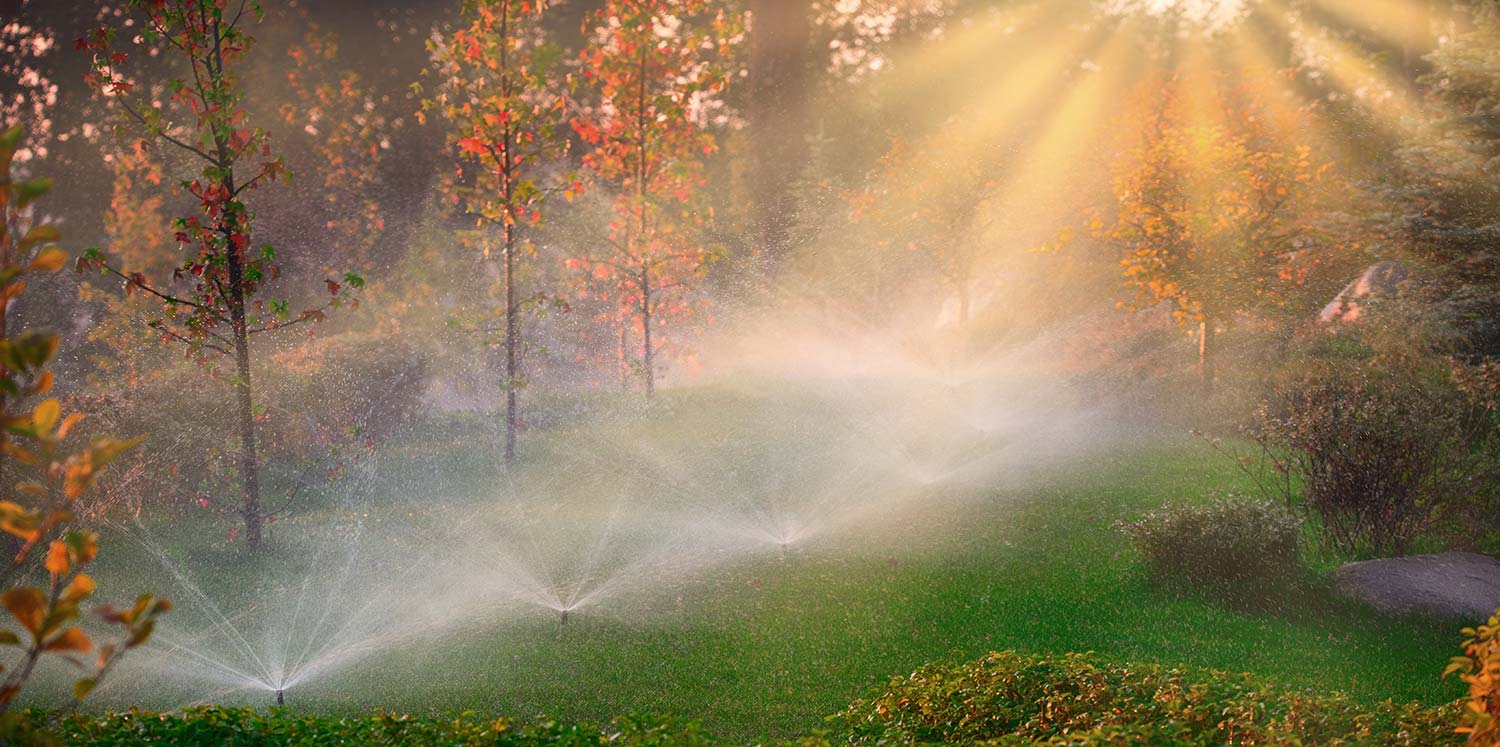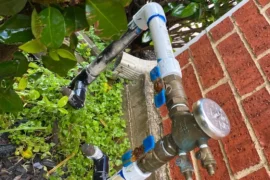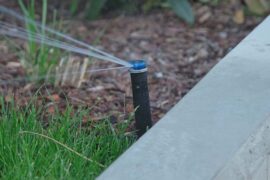The debate between watering lawns in the early morning versus nighttime is not just about preference but involves understanding the dynamics of plant health, water conservation, and disease prevention. This article delves into the science behind the optimal timing for running sprinklers to maintain a vibrant and healthy lawn.
Understanding Your Lawn’s Needs
The key to a thriving lawn lies in understanding the specific needs of your grass type, which greatly depends on the climate and the grass’s inherent characteristics. Warm-season grasses like Buffalo Grass, Bahiagrass, Zoysia, and St. Augustine thrive in southern, warmer climates and are known for their drought resistance and heat tolerance. These grasses generally require less frequent watering, about ½ to 1 inch per week, due to their deep root systems. Buffalo Grass, for instance, is particularly suitable for low-moisture areas, retaining its blue-green color even in drought conditions, but it struggles with weed invasion and heavy foot traffic. Bahiagrass offers a dense turf resistant to foot traffic, making it ideal for low-maintenance lawns in subtropical climates. Zoysia stands out for its fine texture and resilience to foot traffic, making it a popular choice for lawns and golf course fairways.
In contrast, cool-season grasses like Kentucky Bluegrass, Perennial Ryegrass, and various types of Fescue flourish in cooler climates. These grasses generally have shallower root systems and require more consistent moisture, with some needing water up to three times a week. Kentucky Bluegrass is praised for its lush, green appearance and durability but requires more maintenance compared to other cool-season grasses. Perennial Ryegrass is known for its quick germination and ability to tolerate high foot traffic, making it an excellent option for active lawns. Fescue varieties, including Chewings Fescue and Creeping Red Fescue, are celebrated for their drought tolerance and low maintenance, suitable for those seeking a resilient, yet attractive lawn.
Early Morning Watering
Early morning watering, specifically between 4 a.m. and 8 a.m., is widely recommended for optimal lawn health. During these hours, lower temperatures and minimal wind reduce water evaporation, allowing more water to penetrate the soil and reach grass roots effectively. Morning watering also prevents water from simply evaporating due to the midday heat or being blown away by the wind, ensuring that your lawn receives the hydration it needs without wastage.
Another critical aspect of morning watering is its role in disease prevention. Watering at this time ensures that the grass blades have enough time to dry out during the day, significantly reducing the risk of fungal diseases which are more active and likely to infect wet grass at night. These practices contribute to a healthier, more resilient lawn by fostering deeper root growth and reducing the chances of disease.
Nighttime Watering
While it might seem like nighttime watering would conserve water by minimizing evaporation, this practice is ill-advised due to several detrimental effects on lawn health. Nighttime conditions, which include lower temperatures and the absence of sunlight, hinder water absorption and evaporation. This creates a persistently moist environment on your lawn, promoting the development of fungal diseases and facilitating a habitat conducive to pests.
Such conditions can lead to a range of problems including fungal lawn diseases, thinning grass, standing water, soil compaction, increased pest activity, and a proliferation of weeds. The accumulation of these issues can cause significant damage to the lawn, potentially leading to its demise. Therefore, avoiding nighttime watering is crucial for maintaining the health and appearance of your lawn.
Conclusion
Choosing the right time to water your lawn can make a significant difference in its health and appearance. Early morning watering stands out as the most effective strategy, offering a balance between minimizing evaporation and avoiding the risks associated with prolonged dampness. By understanding your lawn’s specific needs and adopting efficient watering practices, you can foster a lush, resilient lawn that enhances your home’s outdoor space.





